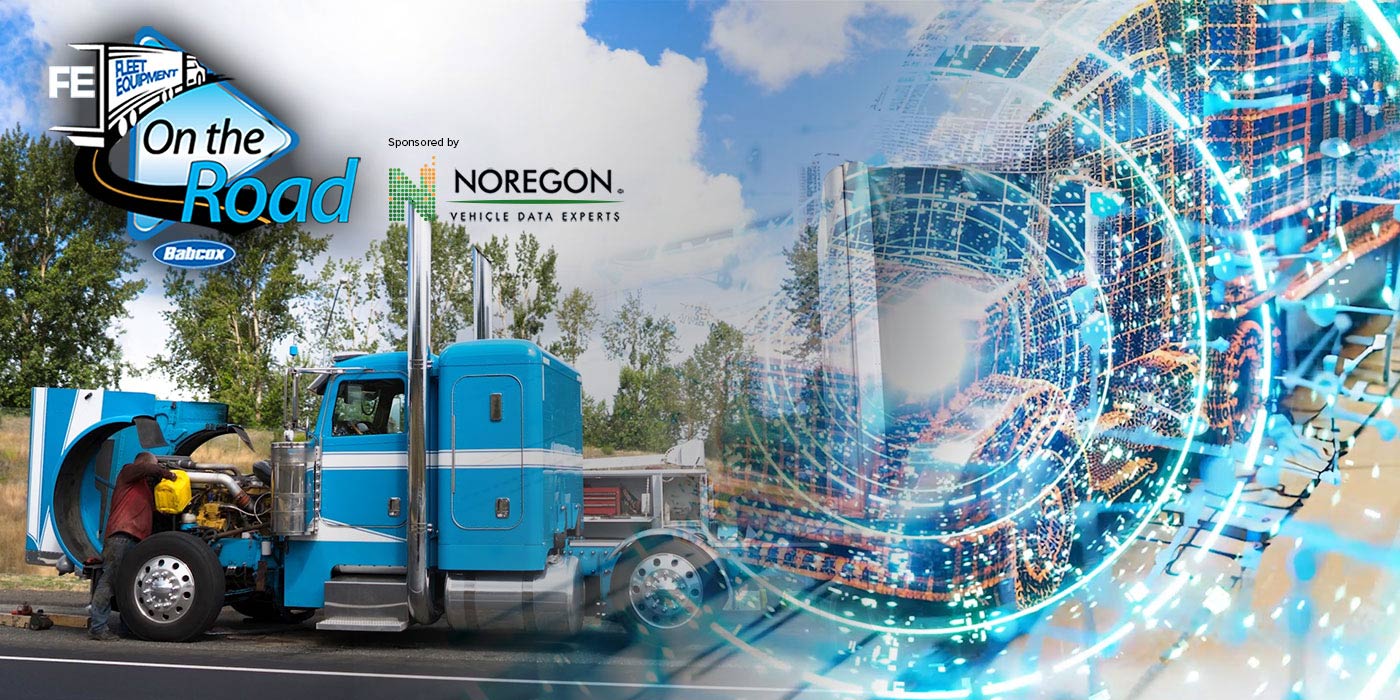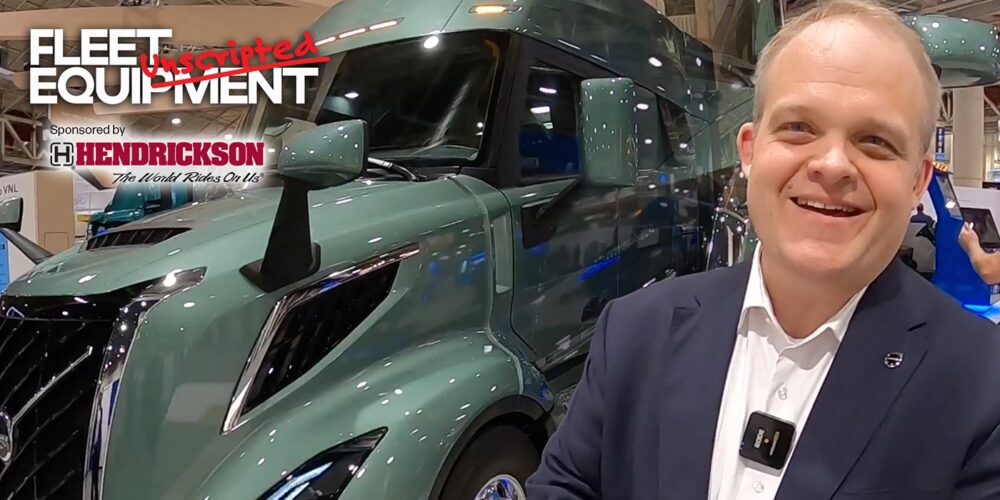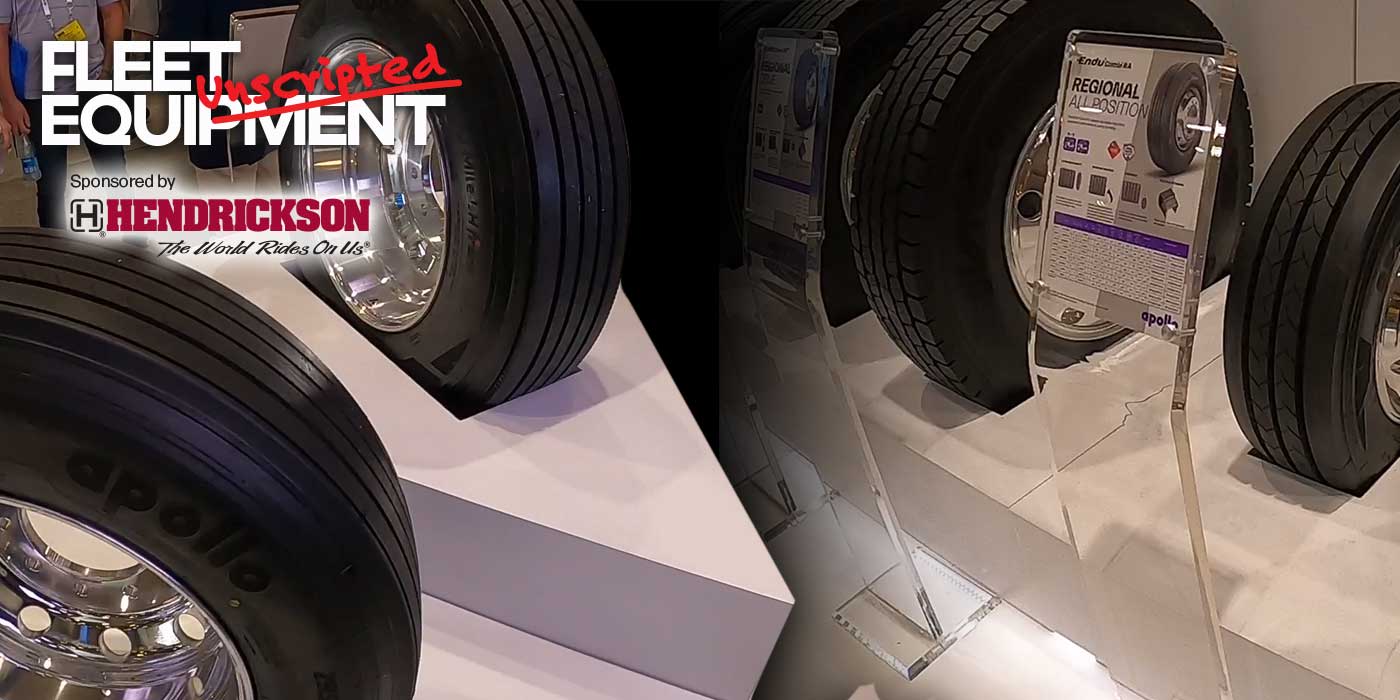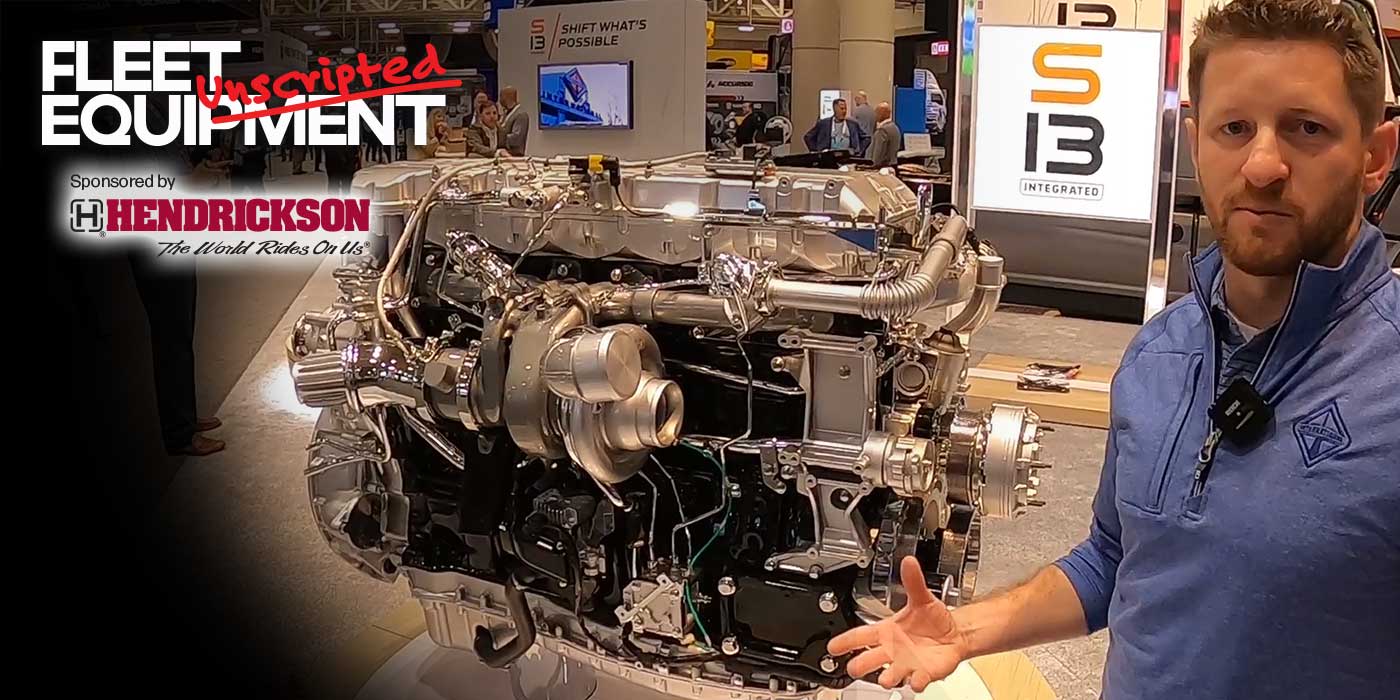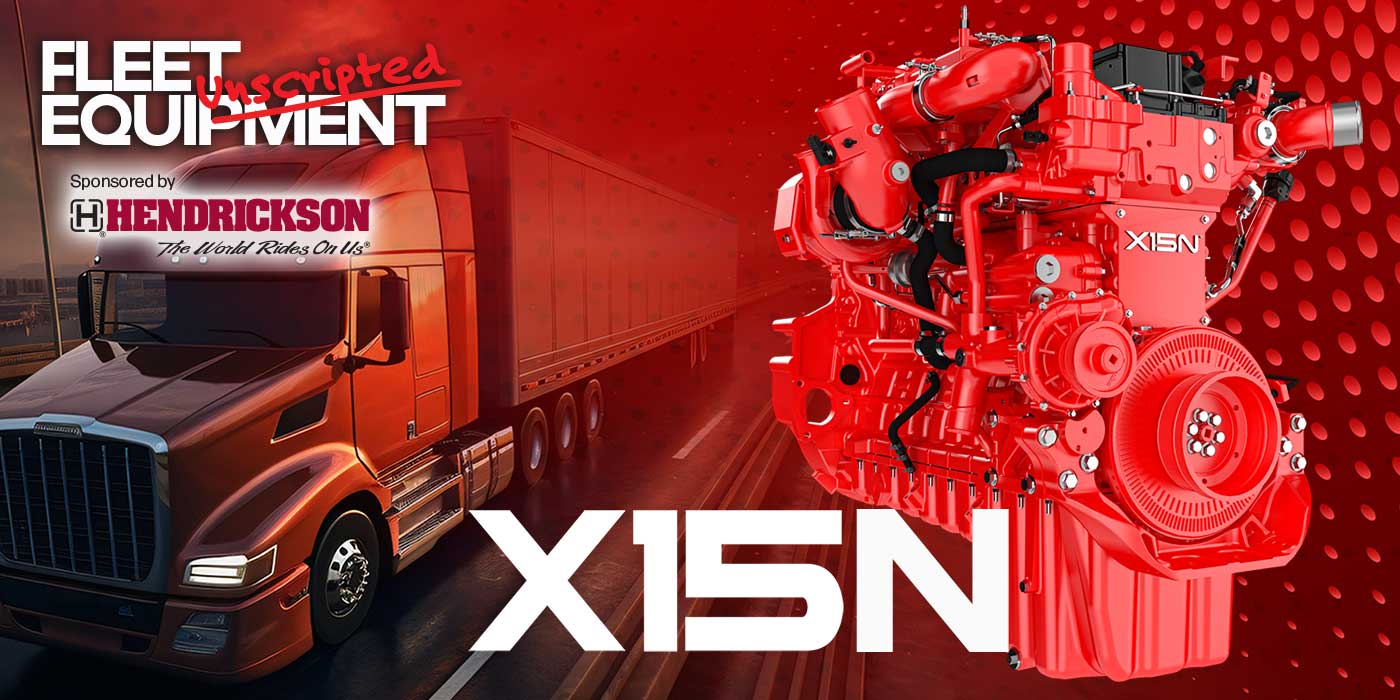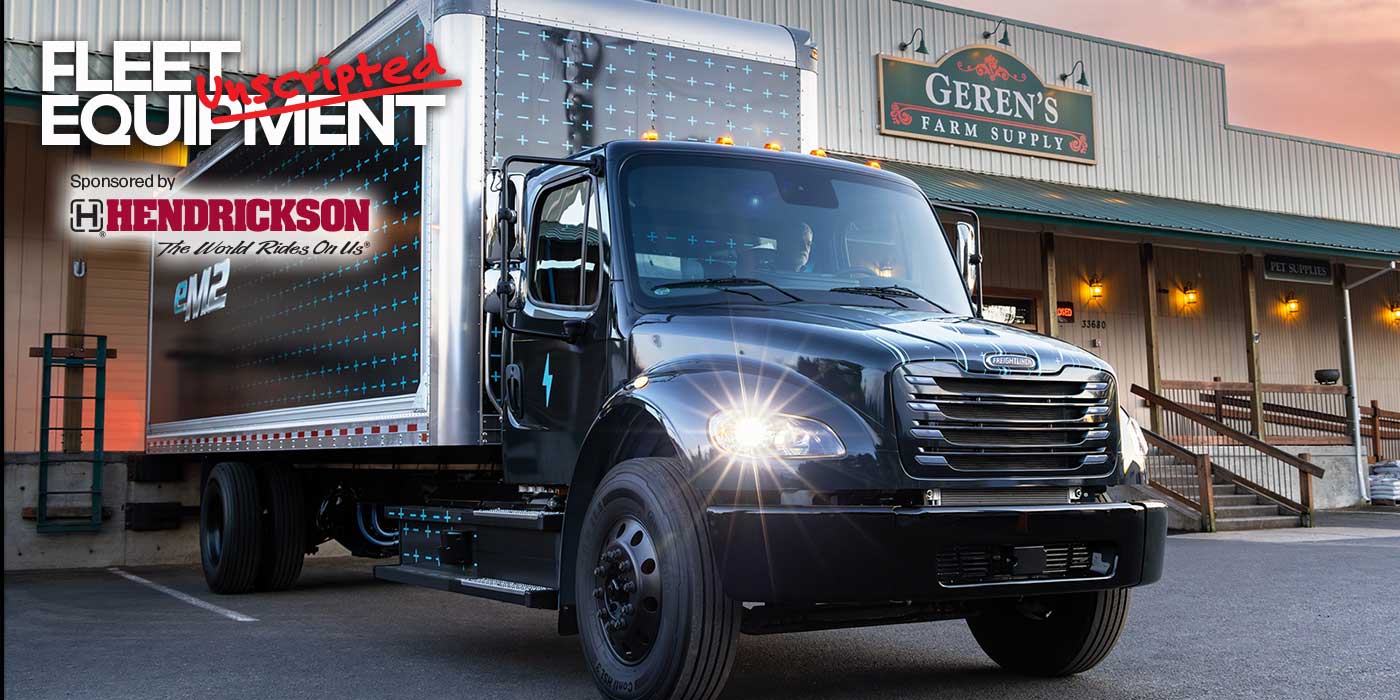Deciphering truck data can feel a lot like reading tea leaves. Dashboards upon dashboards can provide tons of information, and while data-service providers do their best to put relevant, actionable data in front of you, you likely still have questions. What are my least efficient trucks? Or, what are my most efficient routes? With a Large Language Model (LLM) integrated into truck data, you can just ask, and the truck telematics platform will tell you the answer without having to sift through piles of dashboard data.
That’s the goal with the beta launch of Geotab’s Project G: a ChatGPT-like LLM that allows users to pose questions through a chat interface linked to the Geotab Data Connector on things like vehicle performance, idling times, fuel economy comparisons, vehicle usage, and cost savings.
“It comes down to one simple thing: reducing time to insight,” explained Mike Branch, vice president of data and analytics at Geotab, during our video interview. “Fleets are bombarded with a deluge of data all the time, and they want a slightly different cut of their data all the time. We leverage the power of large language models to understand the questions asked by fleet owners, sustainability managers, or safety managers, and produce an answer quickly. It allows customers to have a chat-based interface with their fleet data while preserving data privacy.”
The A.I.-driven Project G aims to provide relevant insights based on the data it has access to, and if it doesn’t fully understand the question, it seeks clarification to provide more accurate answers. While questions about tactical day-to-day issues such as productivity and efficiency spring to mind, Branch noted that Project G can inform big-picture strategy decisions, like how a fleet can decarbonize its equipment.
“If you’re the sustainability manager or you’re driving toward electric vehicles, oftentimes you have to do a lot of data analysis to prove your business case,” Branch said. “That takes time; sometimes months to crunch through these numbers. If you can reduce that time to insight, then your ability to make change within the organization is reduced. If you’re looking at reducing emissions, just think about how much quicker we could do some of these things with Project G.”
The possibilities of Project G are exciting, but it’s easy to let your imagination run to the challenging complexities of A.I. Namely, “A.I. is going to take over the trucking world!” Well, not quite yet. Branch was quick to note that Project G is launching in beta, with select customers, which means Geotab is still improving the technology and it needs people to do that. Data privacy and security are also big priorities during development.
For more on how it’s building Project G and the other possibilities the technology holds, watch the video above.
No script? No plan? No problem. Welcome to Fleet Equipment Unscripted—the video interview series that connects you with the greatest minds in the heavy-duty trucking world. Fleet Equipment Unscripted is sponsored by Hendrickson.



